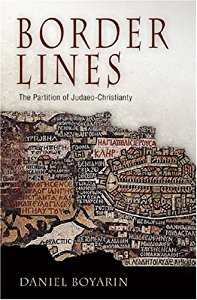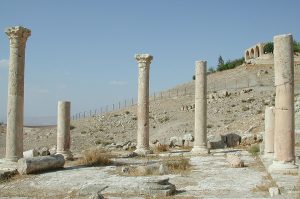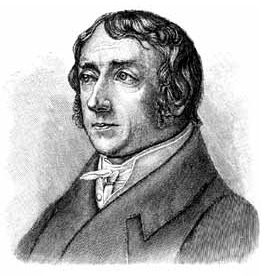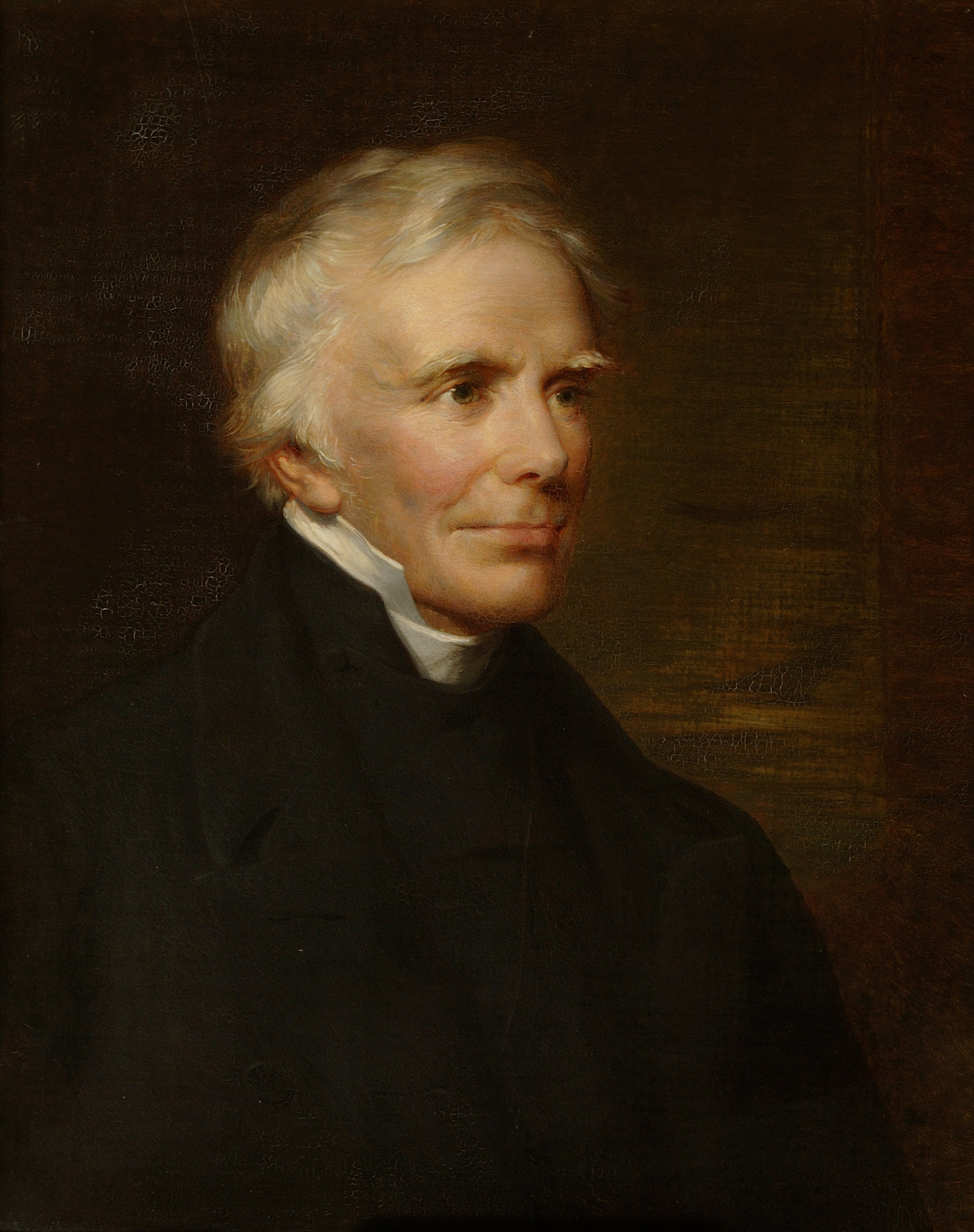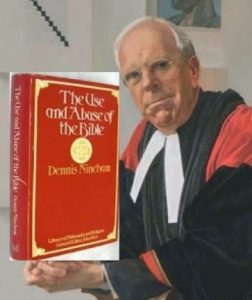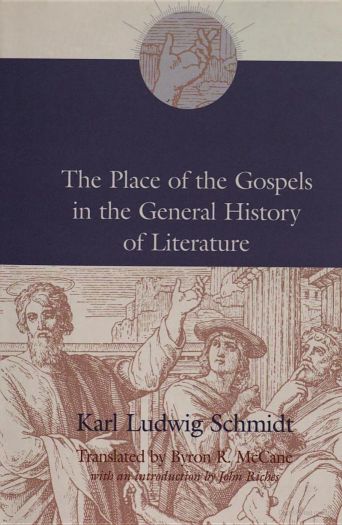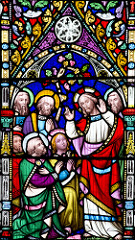
We are all fill-in-the-blank now
You probably recognize the title of this post as a play on the quotation by Milton Friedman, “We are all Keynesians now.” I hadn’t known until recently that Friedman’s (or Nixon’s) quote is itself a play on the earlier “We are all socialists now,” coined by William Vernon Harcourt back in 1887. The phrase has a tasty ironic ring to it, which is why I suppose it reappears every few years with a new predicate nominative.
And I suppose that’s the same reason it occurred to me while reading Larry Hurtado’s recent post “‘Revelatory’ Experiences and Religious Innovation.” Not that Hurtado is a Jesus mythicist, not at all. However, in a sense, everyone acknowledges that some parts of the Jesus “corpus” are mythical. For example, an inerrantist Christian would identify the Jesus as portrayed in the gnostic gospels as mostly mythic or legendary. A liberal Christian might point to examples closer to home in the canonical books of the New Testament.
Where did the myths come from?
The standard model for the development of Christianity posits a human Jesus who ran afoul of the Roman authorities (perhaps accidentally, possibly on purpose) and was crucified. His followers were stunned and the experience somehow caused them to start seeing visions and interpreting scripture in a radically new way.
The way in which this “post-Easter” sequence of events played out remains a bit murky. You can expect to see lots of hand-waving and hear lots of fuzzy talk. But it’s worth serious discussion in the attempt to come up with a plausible story. The first step, I think, toward plausibility is to describe what kinds of processes must have been at work to create new, mythical representations of Jesus. How, for example, did the view of the risen Christ in heaven come to be thought of as true and real — so real and so immediate, that for someone like Paul it essentially eclipsed the human Jesus?
In discussing the question of how Jesus became a “co-recipient of devotion along with God,” Hurtado points to two processes: (1) revelatory experiences and (2) charismatic exegesis. The first has to do with visions of Christ, the second, with interpreting the Bible in new ways.
While I’m more interested in how the mythical, exalted, resurrected Christ emerged, Hurtado is focused on how the model of worship in which God and Jesus are both venerated could have arisen out of Judaism. We recall a similar question from Hurtado: namely, How on Earth Did Jesus Become a God? In the current blog post he writes:



